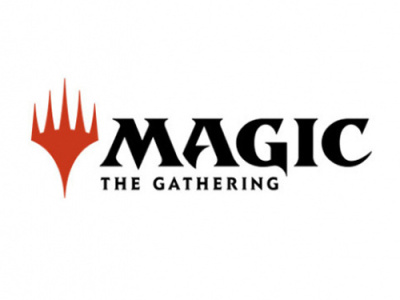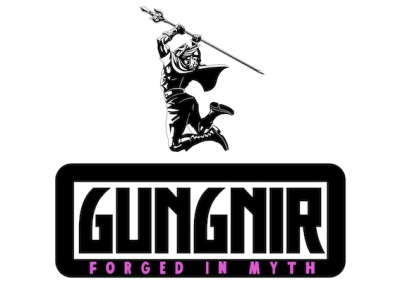The magazine business, where circulation declines have become common, saw unusually poor sales in 2003, with many major publishers missing advertising rate bases. Newsstand sales were off substantially. In October, Advertising Age reported that single-copy sales dropped 4.5% in the first half of the year, describing publishers reading the first half numbers as 'akin to reading the obituaries.' More recently, Ad Age reported that newsstand sales were off 3.6% year-over-year in the second half of 2003.
Subscriptions have been rapidly dropping as well, as a result of the scandal-ridden collapse of the sweepstakes-driven direct mail programs and, more recently, the creation of do-not-call lists. In March, Ad Age quoted industry expert Dan Capell as calling the 2003 numbers, 'The most horrible set of numbers I've ever seen, and I've been tracking [circulation] for 25 years.'
Some of the factors causing magazine declines (such as the drop-off in certain kinds of subscription sales) don't affect pop culture retailers. Others may affect pop culture retailers positively, as publishers increase their emphasis on specialty distribution as their broader distribution declines. But one read of the over-all decline in magazine circulations, which is long-standing, is that consumers are now more likely to get their information about their hobbies from television, where cable channels target increasingly narrow interests, or from the Internet. This more general factor affecting magazine circulations can affect sales of magazines in pop culture stores as well as through other channels. While there's still a wide range of special interest titles successfully sold by pop culture retailers, the world has gotten a little tougher for the publishers of those titles over the last year.







